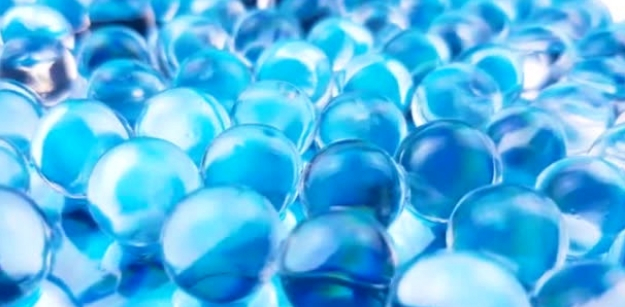Everyone knows about paintball, but a growing number of indoor and outdoor sports enthusiasts are falling in love with gel blasting. Gel blasting consists of sports-toy guns, known as gel blasters, and these guns shoot miniature gel balls.
The best gel gun can shoot hundreds and hundreds of these balls, so it is not a mystery why many shooters are determining how to replenish their gel-based ammunition with DIY balls that come in packets. In fact, making gel-based balls is not difficult. Because it enables users to build up their supply at a lower price point.

That said, it is important that you follow precise instructions, or your ammunition could be too small. If this happens, the balls will not feed properly through the blaster’s mechanisms, forcing you to spend more time clearing jams than shooting foes.
Step by step
1. Size
The first step involves determining the size. For instance, many Glock blasters fire a 67 mm ball. If the ball is significantly smaller than this size, it will not feed through the loader. Even if it does load and fire, it might get stuck between parts or jam in the muzzle. If it makes it out of the muzzle, it will not have the proper force or speed.
2. Bottle selection
As the balls need to be kept clean, you should choose a container or bottle that prevents dust from contaminating your ammo. The bottle should be large enough to hold hundreds of balls. Ideally, it should also have a nozzle cap that you can cut in order to dump the ammo into the hopper of your gun.
Because of the shape required for storage, a clear condiment bottle will suit your purposes perfectly. However, you will have to enlarge the tip by cutting it. Once cut, the balls should easily pour out of the nozzle.
You need a container of water in order for the balls to swell into spheres. You should fill the container nearly to the top yet not so full as to potentially spill. It is important that you use much more water than you need as the balls will absorb the water and swell. As they swell, they will then fill the container. If you do not have enough water, they will not swell to their specified size.
4. Working space
You should place the water container on a large table that allows plenty of space to work. It is important to note that if the container you choose is too small, the balls will overflow the top and spill out onto the table. If you choose a small table, they will then end up on the floor.
5. Ammo pack
Dehydrated balls come in a small packet. The balls are pre-formed and very tiny. In their initial size, they are approximately the size of a needle head. With your container of water on the table, you need to tear off the corner of the packet and pour the contents into the water. Make sure to tap the sides of the packet to knock any remaining balls into the water.
6. Wait
You should allow the balls to swell for up to four hours.
7. Drain
Once the balls are at their final size, you must drain the water from the container. There are two methods to do this.
Method one involves emptying the balls into a plastic sieve. Once the water drains, you can then empty the sieve into a container designed to hold the ammo.
Method two involves placing a rag over the top of the container. With the rag in a position that covers the entire opening, you can secure it with a rubber band. With the rag secured, you can then tip the container over a sink and let the water drain through the rag.
When the container is completely empty of water, leaving only the balls, you can then empty the balls into a proper storage container.
8. Moisture
The final container should have a little moisture in it. The moisture keeps the balls from sticking. Additionally, it keeps them from drying and shrinking.
9. Storage
You should store the balls in a place that is cool and dry while keeping in mind that if you do not use them within 14 to 30 days, they may dry out a little.



